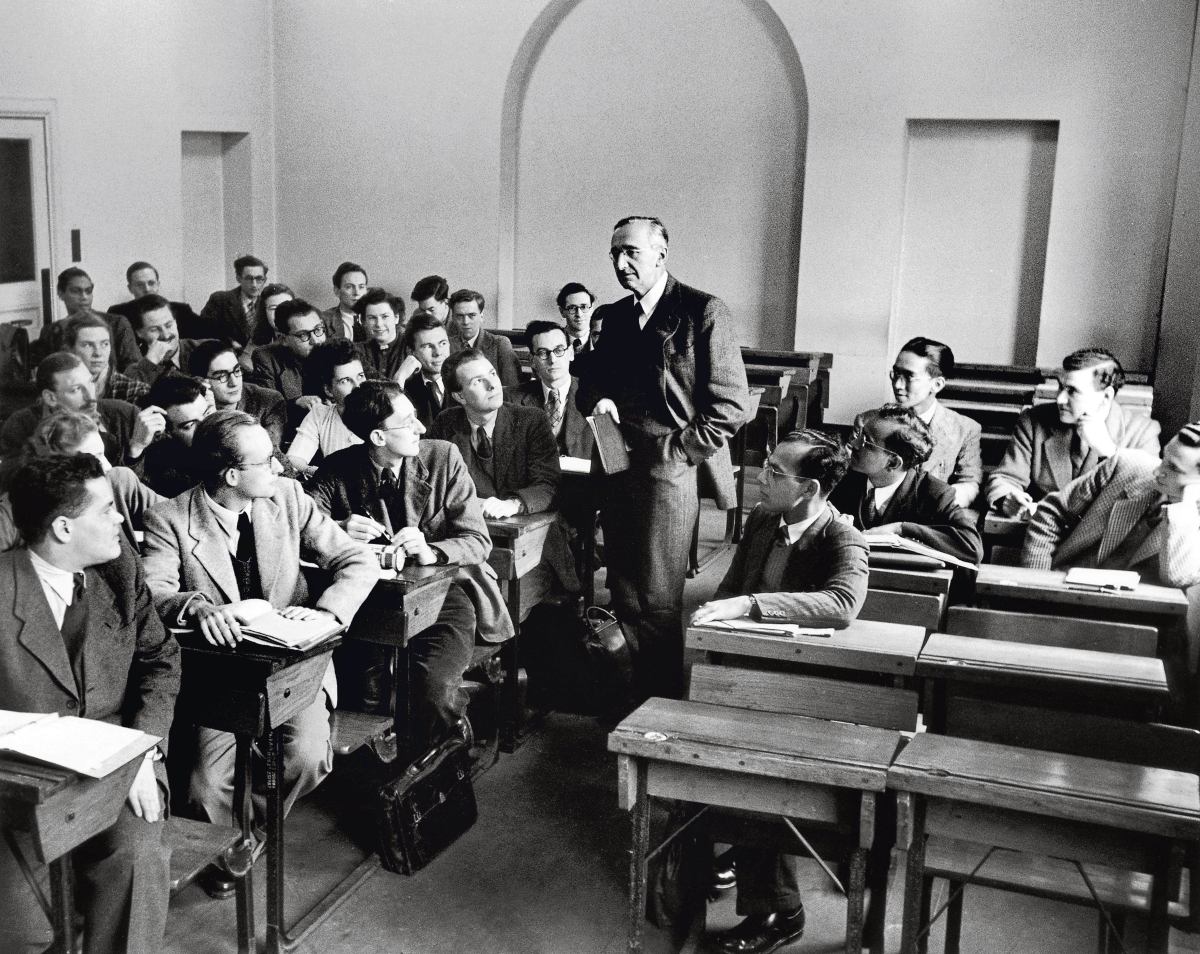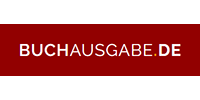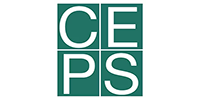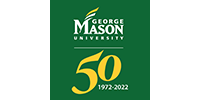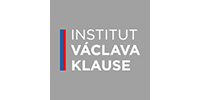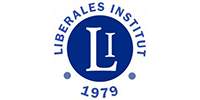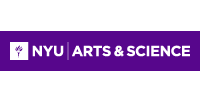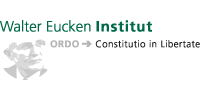Sapere aude! or Dare to know!
A very short appreciation of Immanuel Kant (1724-1804) and his opus magnum
No one has a right to compel me to be happy in the peculiar way in which he may think of the well-being of other men; but everyone is entitled to seek his own happiness in the way that seems to him best, if it does not infringe the liberty of others in striving after a similar end for themselves when their Liberty is capable of consisting with the Right of Liberty in all others according to possible universal laws.
Immanuel Kant
Take Away
Immanuel Kant is considered the main thinker of the European Enlightenment. Not only was he able to erase the last traces of medieval worldviews from modern philosophy, Kant was also the philosopher of human autonomy. With his famous phrase “sapere aude” (dare to know) he succeeded to combine the key ideas of earlier rationalism and empiricism into a powerful model of the subjective origins of science’s and morality’s basic principles. By declaring that, through the use of one’s own reason in the broadest sense, man is capable of discovering and doing justice to the principles of knowledge and action without external or divine support or intervention. The basic ideas of his critical philosophy are contained in his 3 critiques: The Critique of Pure Reason (1781, 1787), the Critique of Practical Reason (1788) and the Critique of Judgment (1790). These 3 volumes challenged the dominance of empiricism and rationalism and shifted the focus of philosophy to an examination of general concepts and categories. In the face of war, terror and fake news around the world, Kant’s work retains great significance today.
Fixed routine
As the fourth of nine children, Kant was born on April 22, 1724 in the Prussian city of Königsberg (Kaliningrad, RU). Only he and four other of his siblings reached adulthood, thus making him the oldest child in his family. His father worked as a craftsman and exposed the young boy to the busy economic environment of this important Prussian trading city. However, it was his mother who early on got him into contact with literary education and arranged for him to begin his studies at the Friedrichskollegium in his home town at age eight and later, barely at 16 Kant was admitted to the Albertus University of Königsberg to study theology, but he developed a keen interest in the natural sciences and philosophy. The death of his father in 1746 forced Kant to leave the university to support his family by working as a private tutor in logic, moral philosophy, natural theology, natural law, and other subjects for some wealthy families in several Prussian towns. He lectured on. As early as 1747 papers on scientific questions exploring the middle ground between rationalism and empiricism. In 1770, at last he was promoted to full professor of Metaphysics and Logic at the University of Königsberg, and did not leave his home town again. In 1801, Kant resigned from all academic posts and died on February 12, 1804 in Königsberg.
For decades, Kant’s daily routine was not only spatially but also temporally fixed and one day was identical or at least very similar to the next. He was woken up by his servant at 4:55am. At 5:00am he had breakfast in the form of exactly two cups of tea and smoking a pipe of tobacco. Still in his dressing gown, he prepared for his two hour lectures that began at 7:00 am, sharp. Fully dressed, he finished the lecture at 9:00 am, slipped back into his housecoat, and from 9:10am onwards he worked on and contemplated about his writings until 12:45 pm, when Kant called his servant to get ready so that lunch was on the table at 1pm. Punctually he received his guests, mostly a group of non-philosophical people for an extended lunch, and after eating, smoking and discussions depending on the subjects, Kant dismissed his guests between 4pm and 5pm. Afterwards, Kant retired to read or think and prepared for his seven minutes brisk walk for a set distance in his Königsberg neighborhood, starting at 7 pm. This was so predictable that some people in his surroundings could set their watches according to the “philosopher’s orbit”. After he finished his rounds, he still had time to contemplate and to ready himself for bed. At 10:00 pm, the lights went out until his servant Martin Lampe knocked at his door with his usual ‘it’s time’ at 4:55am. By strictly adhering to this daily routine, with seven hours of sleep Kant was able to reach the age of 80, even though he was always feeble and often ill.
In spite of his structured, peaceful and quiet life, Kant was not a loner or even a nerd. He valued and entertained many friends and was meticulous about getting together with them. His social skills were pleasant and he enjoyed easy and light conversations, which he often spiced up with very witty remarks.
However, as any changes in his daily routine threw him off track and displeased him to the extreme, in 1793 his habit once was seriously shattered. After the publication of his work on Religion within the Limits of Reason Alone Kant came in conflict with the Prussian King Friedrich Wilhelm II. He banned Kant from teaching and publishing on any religious topic. This ban lasted until the King’s death in 1797.
What is a man?
Kant’s oeuvre can be classed in four quite different creative periods. Still influenced by the Leibnizian-Wolffian rationalist tradition and focused predominately on natural phenomena the time between 1745 and 1770 is called the Pre-Critical Phase. Among other publications, his “General Natural Histories and Theory of the Heavens” from 1755 were seen as a decisive blow against a verbatim understanding of the biblical creation story. Kant’s theory that the earth was created by the rotation of matter from cosmic fog somewhat loosened the shackles of the church in which science had been trapped until then. In his Silent Phase from 1770-1781, Kant mostly refrained from publishing any texts other than announcements and endorsements for his own classes. His Critical Phase lasted from 1781 to 1791 and produced his 3 Critiques: The Critique of Pure Reason (1781, 1787), the Critique of Practical Reason (1788) and the Critique of Judgment (1790). These three Critiques are arguably the most seminal works in critical philosophy and Western thought. Kant’s Post-Critical Phase from 1791 to 1804 comprises among other works, The Metaphysics of Morals which contains the Doctrine of Right and the Doctrine of Virtue. Here, Kant is concerned first with the rights people have or can acquire, and in the later he deals with the virtues they ought to acquire. In his Opus Postumum however, Kant advanced some assertions, which at times seem at odds with the critical restrictions he espoused earlier.
The teachings and writings of Immanuel Kant clearly inspired a new way of thinking by calling on people to break away from all restrictions and instructions (even divine) and to take responsibility for their own actions.
Should we attempt to explain the world using the means of reason and logic or should we first look at the world and try to identify an order or a system in it? In his opus magnum the Critique of Pure Reason (1781), perhaps among the greatest books of philosophy, Kant argues that the world as we know it is structured by the way that we perceive and think about the world. As reason is universal and objective but our understanding and imagination shape the way we experience our surroundings, he posed the four essential questions of philosophy:
What can I know?
What should I do?
What may I hope for?
And finally, he asked What is man?
During Kant’s era the question What can I know? was consistently answered either by the Empiricist philosophers or by Rationalists. While the Empiricists by and large believed that knowledge is based on experience and that evidence from experimentation not only may explain reality. For them sense experience is also the ultimate source of all knowledge, sorted and organized by reason. The Rationalist on the other hand, emphasized that all knowledge is pure rational knowledge. Things that can be perceived by the senses are far too uncertain to be a reliable source of knowledge. For Kant both understandings of the world were rather weak, and thus he systematically examined the two levels of knowledge by developing his own doctrine from them. It is a synthesis of rationalism and empiricism because for Kant both, reason and empirical-sensory perception are key for the understanding of the world. Accordingly, he states ‘thoughts without content are empty, perceptions without concepts are blind’. In other words, mere concepts that do not correspond to anything in perception can be thought but not known. Man’s knowledge should no longer be based on things, but things should be based on the human cognitive ability, and be judged as they appear to us or to the subject.
7+5=12
Kant attempted to resolve these problems in his Critique of Pure Reason. The first part of the systematic exposition is the Transcendental Aesthetic. Claiming that space and time are a priori intuitions of knowledge, Kant developed here his Transcendental Aesthetics as a theory of sensory perception. Human beings see, touch, hear, etc. and thus perceive the world around us. However, they don’t do this directly as they already have a certain basic framework that is needed in order to be able to fully comprehend what they see and then classify these impressions in space and time. It should be noted here that 171 years later, Friedrich A. von Hayek approached the same subject in his fundamentally important, yet widely neglected book The Sensory Order. An Inquiry into the Foundation of Theoretical Psychology (Chicago, 1952).
Kant attempts to examine the limits and scope of human understanding and knowledge, especially focusing on metaphysics and the distinction between a priori reasonings (i.e. knowledge independent of experience) and a posteriori cognitions (i.e. knowledge that is dependent on experience). For Kant all knowledge begins with experience, however a portion of it exists independently of experience. He examined the significance of pure a priori knowledge and proposed that certain cognitive faculties allow us to form necessary and universal judgments that are not derivable from empirical observation. He outlines a systematic approach toward metaphysics which, instead of making unfounded assertions, should investigate the very nature and limits of our reason, by establishing a solid epistemological foundation before attempting any metaphysical inquiry. In his well-known example, he showed that the arithmetic sentence “7+5=12” is usable regardless of experience and he concluded that a priori judgments are necessary and generally valid. Thus, for Kant synthetic a priori judgments could produce results that expand and lead to new knowledge, independent of or prior to all experience.
In the second main part of his Critique of Pure Reason, Kant ‘s Transcendental Aesthetic is then presupposed in the Transcendental Logic, which concerns thinking. The mind forms concepts from what is perceived. Just as there are ordering limitations with space and time in the sensory perception, these classifying ‘categories’ also exist in thinking. Kant identifies four of these ‘categories’: quantity, quality, relation, and modality. As they are completely independent of what one knows, they are the foundation for the attainment of knowledge. They make it possible to arrange the concepts and gain knowledge from them or to make a judgment about something.
It is the simultaneous differentiation and combination of thinking and experiencing, because what counts is the experience, the perception of the concrete, complex and constantly changing world around us. However, any escape into pure thoughts will only lead to fantasies, not to real knowledge about the world. Thus, according to Kant on the basis of the experience of space and time every statement about the world must be substantiated with experiences in the world, otherwise it is worthless. Men’s knowledge should no longer be based on things, but things should be based on the human cognitive ability, and be judged as they appear to us or to the subject. In other words, mere concepts that do not correspond to anything in perception can be thought but never known.
This has major consequences for the conceptual worlds. By basing the knowledge of nature on the subject and its cognitive ability, Kant’s transcendental philosophy limited the area of possible experience. Statements about the concept or the nature of God, of freedom or of the immortality of the soul can no longer be substantiated since they are independent of experience. As a consequence, at times the Vatican put Kant’s writings on the list of banned books.
However, as it requires the thoughtful processing of experience, Kant on the other hand claims that pure experience is illogical. This meticulous processing of experience happens through the concepts and categories, which could be interpreted as a method of correcting, adjusting, refining such abstractions and finally turning experiences into knowledge. Kant combines the strengths of rationalism and empiricism, of logic and intellectual penetration as well as the practical sensory experience, and puts them together. Thinking and experiencing are both worthless if they are not seen and pursued together.
Kant referred to the epistemological direction he has taken here as his “Copernican Revolution“, because as with the views of Copernicus (1473-1543), it changed people’s perspective of the world around us for good. Like Copernicus, Kant changed the perspective with which we look at the world: we are thrown back on ourself. We are not part of a world, but the world becomes part of us. Although there is a world or a thing in itself, i.e. independent of our experiences we cannot make a reasoned statement about what goes beyond our scope of experience. This scope of experience is always subjective, but at the same time our knowledge is ordered by a reason that is universal. Thus Kant succeeded in making subjective, individual and personal access to the world the pivot of knowledge about the world and made it clear that when humans talk about their realm, they are not talking about it in itself, but about the world as they perceive and process it. In other words, what people perceive is their perception of a specific thing. The classification and consistency in our surroundings are something we ourselves bring into it, and we would not be able to find them there if we had not created them or the nature of our minds originally.
Overwhelmed by a flood of information and an increasing impossibility of distinguishing between fake news and facts, the question of What can I know or how can I explain the world to myself? today is even more fundamental than ever before. Does what I hear or see really match what I know about the world? In order to live well in the world, we must understand and classify it.
Categorical Imperative
Having set up the epistemological foundations, Kant started to devote himself to ethics by tackling the second essential question in philosophy: ‘What should I do?’ In his Groundwork of a Metaphysic of Ethics (1785), Kant argued that the supreme principle of morality is a principle of practical rationality. He labelled this insight the ‘Categorical Imperative’ and defined this seminal moral tenet as an objective, rationally necessary and unconditional principle that we must follow despite any natural desires we may have to the contrary. Thus all specific moral requirements are justified by this principle, which means that all immoral actions are irrational because they violate the Categorical Imperative. While the idea of individual freedom Kant could not prove in his Critique of Pure Reason, it becomes a necessary postulate of practical reason for this ethical question.
Thus, in 1788 Kant followed up with his Critique of Practical Reason which contains his moral philosophy. Kant discusses here, which moral standard humans should choose as rational beings. Just mere two years later, in 1790 Kant published his third critical work, the eminent Critique of Judgment. He wanted to build a connecting bridge between the theoretical understanding and his explanation of nature and practical reason and its concept of freedom. Here expediency and prudence become the connecting principles. In addition to his critical trilogy, various essays have been published. On the topics of religion, history and enlightenment, Kant tackled the answers to the questions: What may I hope? And his anthropological writings deal with the question: What is man?
From 1790 onwards, Kant worked on the transition from the metaphysical principles to physics. He did not complete this work, as he died in 1804 at the age of almost 80. These manuscripts, which he no longer published, are summarized as Opus postumum. However, probably due to his advanced age, in this phase Kant advanced some assertions, which at times seem at odds with the critical restrictions he espoused earlier.
Kant’s three Critiques teaches us first and foremost that knowledge about the world must be acquired by each person for themselves, because there can be no other knowledge about the world that is not linked to subjective experiences. But also to constantly re-examine the knowledge we have gained from our experiences. This has two momentous consequences: Firstly: As no knowledge from other people may be spread that is not linked to verifiable experiences, we must beware of people who put forward theses that cannot be proven and verified. In other words, it is up to the individual to acquire knowledge and to judge and act sensibly. And secondly: As not everyone can know and experience everything, there must be the opportunity to exchange knowledge and in this way expand one’s own knowledge and experience. The power of universal reason unfolds in the exchange of knowledge.
If one were to reduce Kant’s efforts to clarity in thinking to a core, one could perhaps say that he was mainly concerned with the difference between being and thinking. This effort to make clear distinctions between abilities and areas in science occupied him throughout his life.
More than 140 years after Kant’s death, Friedrich A. von Hayek applied Kant’s epistemological principles in his seminal essay The Use of Knowledge in Society (1945) by proving the impossibility of Socialism’s central planning doctrine. Not only did Hayek expose the inherent flaws of any central planning, simply due to the fact that it cannot effectively utilize the vast amount of dispersed knowledge in markets and across society. He also showed that only the free market system, through price signals and individual actions, generates a spontaneous order where the most efficient allocation of knowledge and resources takes place without the need of a central planning authority.



